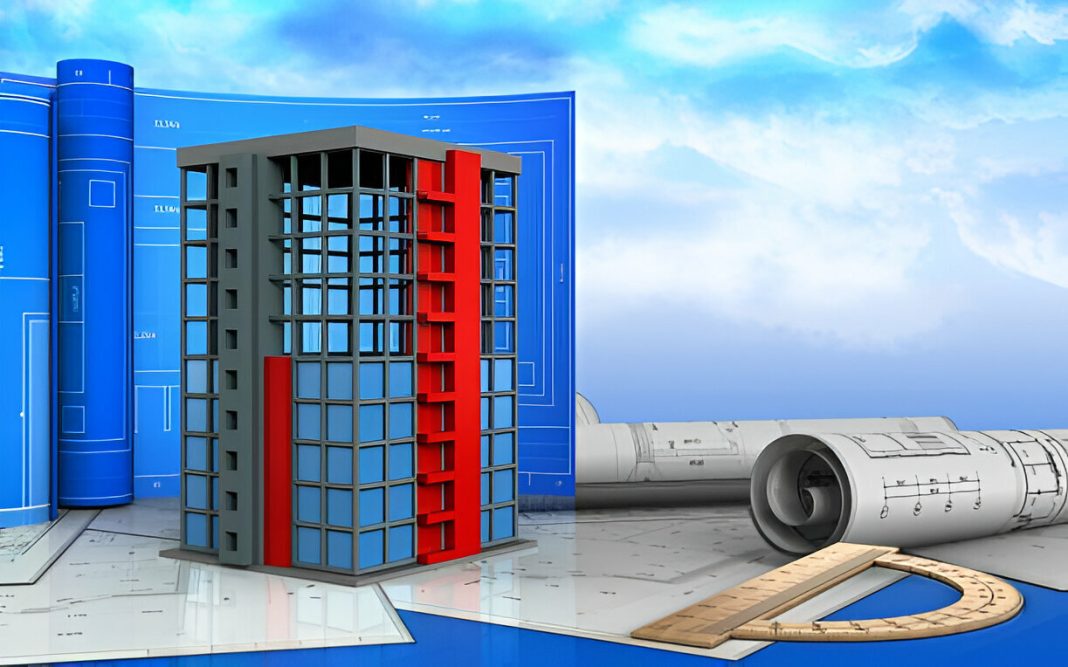Adding an annexe to your house can earn rental revenue, give family members useful additional living space, or even be used as a home office. To make sure everything goes as planned, it is essential to comprehend the necessary planning permissions before starting this exciting endeavour. This thorough guide will assist you in successfully navigating the requirements as it examines the important factors and actions you must take when requesting planning clearance for an addition.
Understanding What Constitutes an Annex
An annex is typically defined as a secondary dwelling attached to or within the grounds of your main home. Unlike garden rooms or outbuildings, which are often used for leisure or as workshops, an annex is designed for living. It usually includes sleeping quarters, a bathroom, and kitchen facilities, making it a self-contained unit. The distinction between an annex and other outbuildings is crucial, as it affects the type of planning permission required. When requesting planning clearance for an annex, it is important to clearly outline the intended use of the space and ensure that it meets all building regulations for residential dwellings. Additionally, you must consider the impact the annex may have on the surrounding area, such as parking and traffic flow. It is also important to consult with local authorities and neighbours to address any concerns or objections they may have before proceeding with your planning application. By taking these factors into consideration and following the necessary steps, you can increase the chances of obtaining planning clearance for your annex addition.
Do you need Planning Permission?
The first step in your project should be to determine whether you need planning permission for your annex. In many cases, the answer is yes, especially if the annex will function as a separate dwelling. Here’s what to consider:
Permitted Development Rights
Some annexes may fall under permitted development rights, which allow you to carry out certain types of work without needing to apply for planning permission. However, this is usually only the case if the annex is intended for use incidental to the enjoyment of the main house (e.g., an extra sleeping space for family members, not for rent).
Size and scale
If your annex exceeds certain sizes and heights, or if it covers more than half the garden area, you will likely need planning permission.
Location
Properties in designated areas such as national parks, conservation areas, and areas of outstanding natural beauty have stricter rules, and permission might be more challenging to obtain.
Use
If the annex is intended as a separate dwelling—for example, if you plan to rent it out or if it includes full living facilities for independent use—planning permission will be necessary.
Applying for Planning Permission
If you determine that planning permission is needed for your annex, following the correct application process is vital for approval. Here are the steps you should take:
1. Consult Local Planning Authorities
Before submitting your application, consult your local planning authority (LPA). They can provide guidelines specific to your area and help you understand the likelihood of approval for your project.
2. Prepare Your Application
You will need to submit several documents as part of your planning application, including:
- Site plans and elevations: showing the proposed location and design of the annex.
- A full description of the proposal: detailing materials, construction methods, and intended use.
- A justification statement should outline how the annexe complies with neighbourhood planning regulations and mitigates any possible effects.
3. Engage with Your Community
Early engagement with neighbours and the community can help mitigate any concerns about your project and support your application. It’s wise to address issues such as privacy, access, and potential increases in traffic or noise before they become objections.
4. Consider Hiring Professionals
Depending on the complexity of your project, it might be beneficial to hire an architect or planning consultant. These professionals can help design the annex to meet regulatory requirements and improve the chances of your application being approved.
Common Reasons for Planning Rejection
Understanding why annex applications are rejected can help you tailor your proposal to meet local planning requirements. Common reasons include:
-
Impact on Neighbours
Your annexe might not be seen favourably if it overshadows gardens or faces other properties.
-
Design and aesthetics
Annexes that are not in keeping with the existing property or local architectural style may be rejected.
-
Historical and Environmental Impact
Particularly in sensitive areas, any structure that negatively impacts the local environment or historical sites can face objections.
Legal Considerations and Future Use
It’s also important to consider the legal and long-term implications of building an annex.
- Building Regulations: Aside from planning permission, your annex must comply with building regulations concerning safety, insulation, and accessibility.
- Future Selling: An annex can increase property value, but it can also complicate the selling process if it is not universally appealing or if it limits the use of garden space.
Adding an annex can significantly enhance your property’s functionality and value, provided you navigate the planning permission landscape effectively. By understanding the requirements, engaging with local authorities and your community, and preparing a thorough application, you can increase the likelihood of a successful project. Remember, the key to a smooth planning process for your annex lies in meticulous preparation and a clear understanding of local regulations and expectations. By taking the time to research and comply with all regulations, you can ensure that your annex is a welcome addition to your property. This will not only enhance the value of your home but also provide you with additional space that can be used in a variety of ways. Ultimately, with the right approach and careful planning, adding an annex can be a rewarding and worthwhile investment in your property.
































